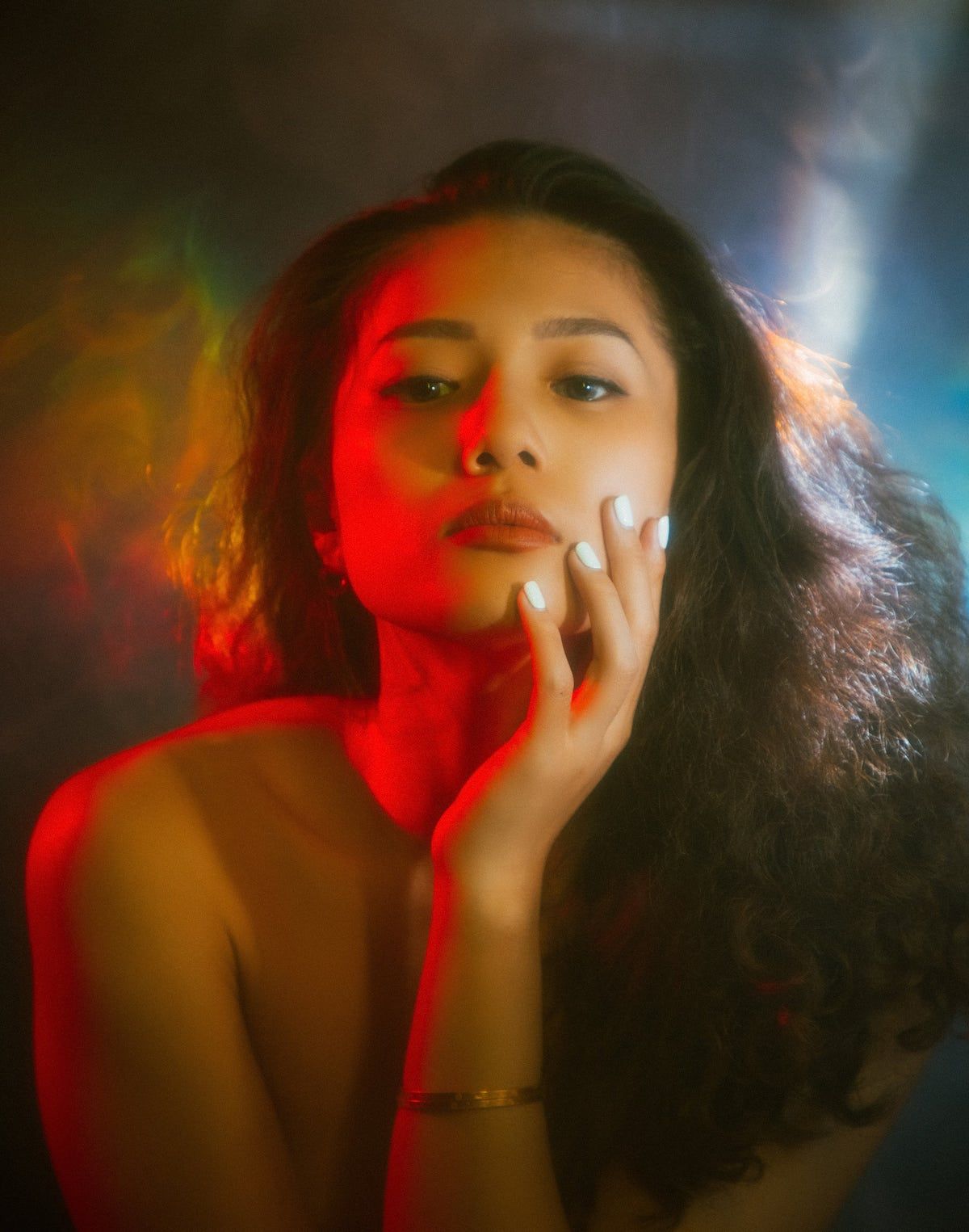Which Aperture Setting Is Best? 5 Common Portrait Settings
Hire film gear from local filmmakers.

Hire film gear from local filmmakers.
The only way to step up your portrait photography game is by engaging in the hazardous exploration of manual mode.
It can feel overwhelming, so let us take it one step at a time.
Aperture is one of the building blocks of photography, and it is crucial to master it, especially for portraits.

Why is aperture important in portrait photography?
Aperture, shutter speed and ISO constitute the exposure triangle. In other words, they work together to produce the perfectly exposed picture. Understanding these will allow you to deliver better lit and higher quality portraits.
On top of exposure, aperture also determines the depth of field.
As it controls the focus, this setting has the power to lock the eyes of your viewer exactly where you want them to. Such becomes extremely important in portrait photography since nothing else matters besides your model.
A wide aperture results in a shallow depth of field that, in turn, produces a blurry background and a super sharp subject. Bingo!
5 Essential aperture settings for portraits
The aperture settings you choose will depend on your photography style and desired outcomes.
Most importantly, these must change according to your subjects.
1. Best overall aperture for portraits
A wide aperture lens (such as f2.8) is the best for portrait photography. It will keep your subject is retained in fine focus while the background fades away softly.
2. Best aperture for solo portraits

For solo portraits, the optimal aperture exists in the range f/2 – f/2.8. Still, keep in mind that you may need to bump it slightly up or down depending on the light conditions and your particular lens.
For best results, keep your subject less than 2 meters away. If your model is further than that (for instance, in full-body portraits), experiment with f/4 – f/5.6.
3. Best aperture for couple’s portraits
Chances are, you want your loved one to be as in-focus as you (unless there is a comical purpose behind it... if that is the case, we approve).
In that sense, consider lowering your aperture slightly. Around f/3.2-f/4 should be enough.
4. Best aperture for group portraits

Who said the friends had to be left out? This knowledge is still applicable for groups. Fortunately, when you focus on a model, everything to their side is in focus since they are on the same focal plane.
So, if the group is standing side by side, all elements will appear sharp with a wide aperture. In other words, an f-stop of f/4 will still give you good results. Still, if the group is large, or you can't organize them in a straight line, consider lowering it to f/8 or more.
5. Best aperture for close-ups
Close-ups can deliver breathtaking results in portrait photography. The tricky part is that there may be no background to blur. Plus, the closer you are to your subject, the less depth of field you will have.
That said, it all comes down to which elements of your subject you want to focus on. If you want to concentrate only on details such as eyes, keep your aperture wide. If you want the face to be uniformly sharp, lower it to about f/8.
Learn portrait photography with Dan Kennedy
Today you have learned a lot about aperture in portrait photography.
Still, if you have the appetite for more (which we hope you do), there is nothing better than listening to the experts.
Learn portrait photography from celebrity photographer Dan Kennedy.
What aperture is best for portraits?
Wide, around f/2.8.
What aperture should I use for family portraits?
For small families, f/3.2-f/4. For big families, lower it to f/8.
Is 1.8 aperture good for portraits?
Yes.
What is the best shutter speed for portraits?
Between 1/60 and 1/250 second.






















